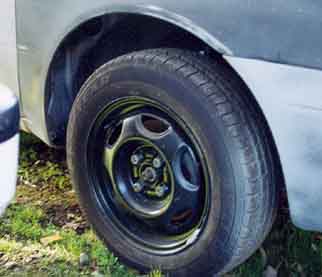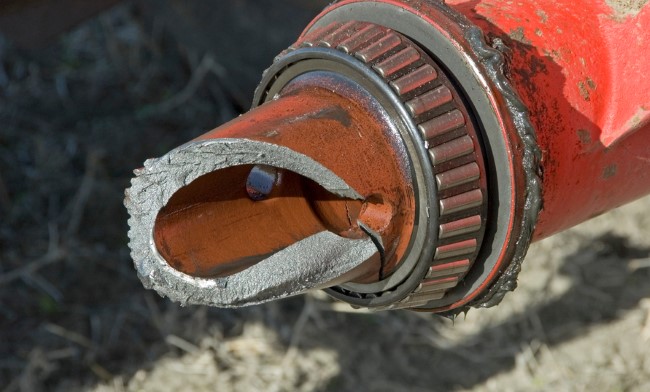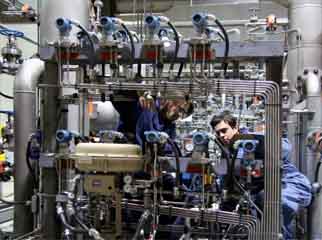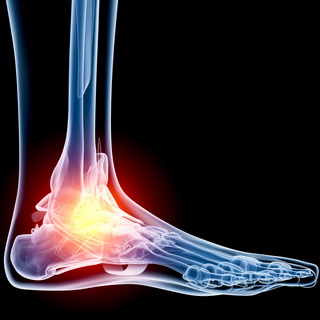
Investigating Wheel Separations
On the Scene E-Newsletter, Edition 99, August 11, 2009
 Wheel separations from commercial and passenger vehicles are infrequent but dangerous occurrences. These events often lead to accidents involving the vehicle losing the wheel and damage and injuries to passing vehicles and motorist struck by the separated wheel. Wheel separations occur due to a several mechanisms. These include fracture of the axle, failure of the hub assembly, fracture of the wheel center disc, loss of the wheel mounting nuts or fracture of the wheel mounting bolts.
Wheel separations from commercial and passenger vehicles are infrequent but dangerous occurrences. These events often lead to accidents involving the vehicle losing the wheel and damage and injuries to passing vehicles and motorist struck by the separated wheel. Wheel separations occur due to a several mechanisms. These include fracture of the axle, failure of the hub assembly, fracture of the wheel center disc, loss of the wheel mounting nuts or fracture of the wheel mounting bolts.
By far, the most common means of wheel separation is insufficient tightening of the wheel mounting nuts. The retention of the wheel to the hub is accomplished by several mounting nuts, typically four or five in a passenger vehicle and eight to ten on a commercial vehicle. The mounting nuts clamp the wheel to the hub to prevent movement of the wheel against the hub. Tightening wheel mounting nuts in good condition to the manufacturer's specifications will result in a combined clamping force between the wheel and hub on a passenger car of approximately 50,000 pounds and up to 400,000 pounds on a tractor trailer. The resistance to movement between the wheel and hub is related to the friction between the wheel and the hub surface and results in a shear resistance of approximately 20 percent of the clamping force. Consequently, a passenger vehicle will resist movement with a tire load of approximately 5,000 pounds. As it is unusual for a passenger car wheel to be loaded to greater than 2,000 pounds, an appreciable factor of safety exists to prevent movement of the wheel.
The importance of preventing motion of the wheel relative to the hub is to prevent side loading of the wheel mounting bolts or studs. The wheel mounting bolts are not designed to take lateral loads. When subjected to a lateral load due to movement of the wheel the bolt will begin to fatigue and may fracture, allowing the wheel to separate. Additionally, when a left side wheel begins to move on the hub, the mounting nuts will tend to be rotated counterclockwise due to the rolling action. Once motion of the wheel relative to the hub occurs, these nuts can be backed off completely from the studs within a few hundred miles of use. On the right side of the vehicle, the forward motion of the vehicle will tend to cause the nuts to stay on the bolts. The resulting lateral loads will generally result in a fatigue failure of the wheel mounting bolts and wheel separation within a few hundred to a thousand miles on passenger cars. Vehicles with heavy payloads and severely reduced pre-load on the nuts can see wheel separations within fifty miles in some cases.
Analysis of the fracture surface on the wheel mounting bolts can allow estimation of the mileage on the vehicle since the mounting nuts loosened. Cases where a right side wheel has separated from the vehicle and the wheel mounting bolts are still intact can be indicative of fraud or vandalism. Hub/bearing failures can be reviewed for improper maintenance or parts failures. Review of service procedures can reveal the mechanism leading to the insufficient clamping force being generated such as relying on uncalibrated pneumatic wrenches, untrained service personnel, defective mounting nuts, paint or other contaminants on the mating faces of the hub or wheel, etc. Inspection of the wheel and/or vehicle will typically allow determination of the mechanism leading to the wheel separation.






